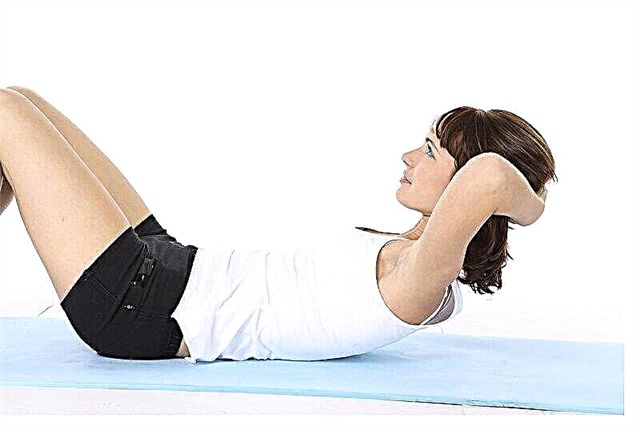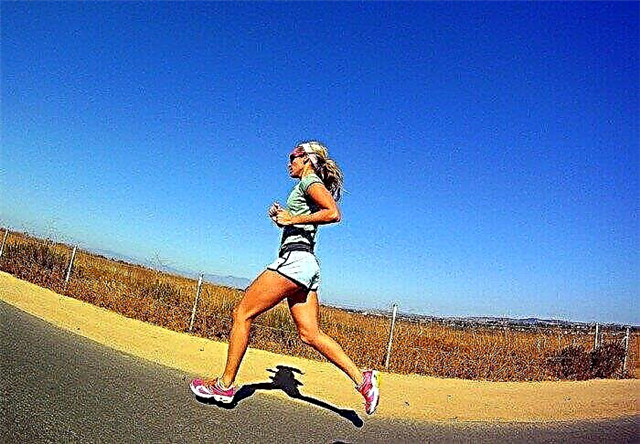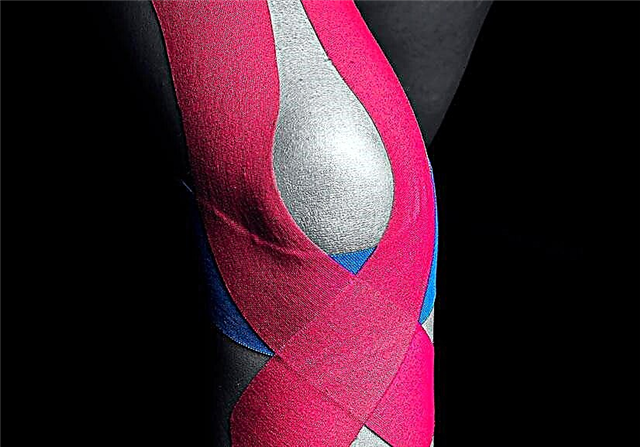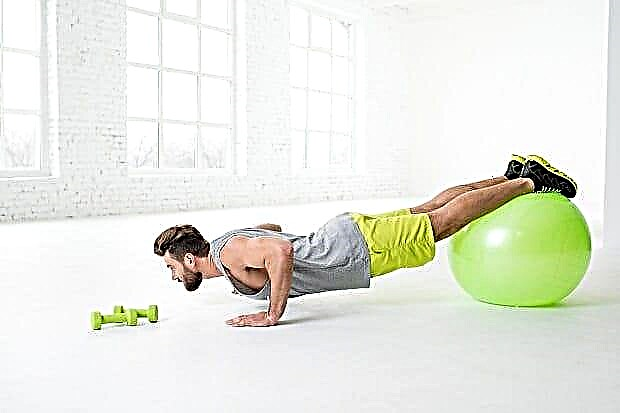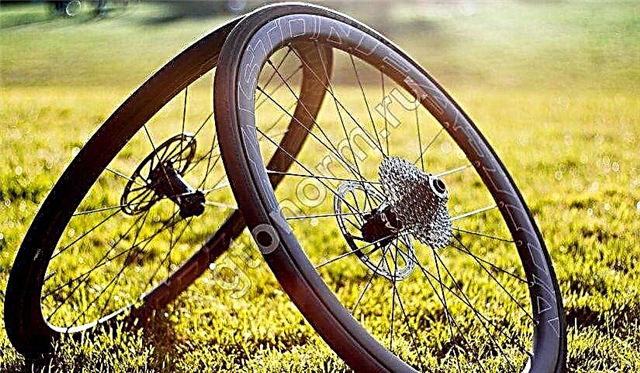Mountain climber refers to the exercise that is needed to create stress, mainly on the cardiorespiratory system. Accordingly, to get the maximum effect from it, it is highly desirable to acquire a timer. Running in a lying position is most effective when performed within specified time intervals, in CrossFit in combination with strength exercises and exercises to develop intermuscular coordination and dexterity.
Benefit
Running in a lying position allows you to create a significant consumption of calories per unit of time, while using not only the muscles of the lower limb (unlike ordinary running), but also seriously load the muscles of the upper shoulder girdle in statics. Moreover, the more intensively you perform the movement with your legs, the greater the load falls on the chest, triceps and front delta.

Again, it should be noted that, unlike regular running, both the muscles of the back of the thigh and the quadriceps are equally involved, while running for short distances mainly loads the calf extensor, and running for long distances - the flexors. And perhaps the most valuable thing about this exercise is that it doesn't require a lot of space to complete it. Similar, from the point of view of the aerobic effect, movements are burpees, jumping rope, regular running.
Exercise technique
So, let us analyze the technique of performing the exercise, running in a lying position. Initial position:
- The support is lying, one leg is bent at the knee and hip joints.
- The second is set back, and, conversely, is unbent.
- Support on toes and palms.
At the signal, we push off the floor with the toes of both legs, while the body weight is transferred to the palms of the hands for a few seconds, in order to hold in place, at this moment it is required to tighten the chest muscles, press the palms into the floor and slightly pull the pelvis to the chest. The leg that was bent at the knee is straightened and set back, in place of the previously bent leg.

© logo3in1 - stock.adobe.com
At the same time, the limb, which was unbent, bends at the knee and hip joints, pulls up to the chest. An important point is that the socks of both feet should be on the floor at the same time. Also, throughout the exercise, the abdominals must be kept statically tense and the abdomen pulled in. This is necessary to stabilize the lumbar spine and, accordingly, to maximize the safety of the exercise.
Breathing is required continuously, throughout the entire movement: exhalation falls on the phase of repulsion from the ground, and inhalation during the landing phase. Holding your breath is completely unacceptable.
Flexion and extension in the joints of the legs must be performed in full amplitude. Incomplete extension of the knees and hip joints will lead to premature fatigue of the quadriceps muscles of the thigh, due to their excessive acidification, in addition, conditions are created in the joint for deterioration of the outflow of blood from the muscle, respectively, the amount of oxygen available for oxidative phosphorylation processes decreases. Your muscles go into a mode of anaerobic energy supply to the muscles - this, in turn, leads to a sharp increase in hydrogen ions in the muscle.


